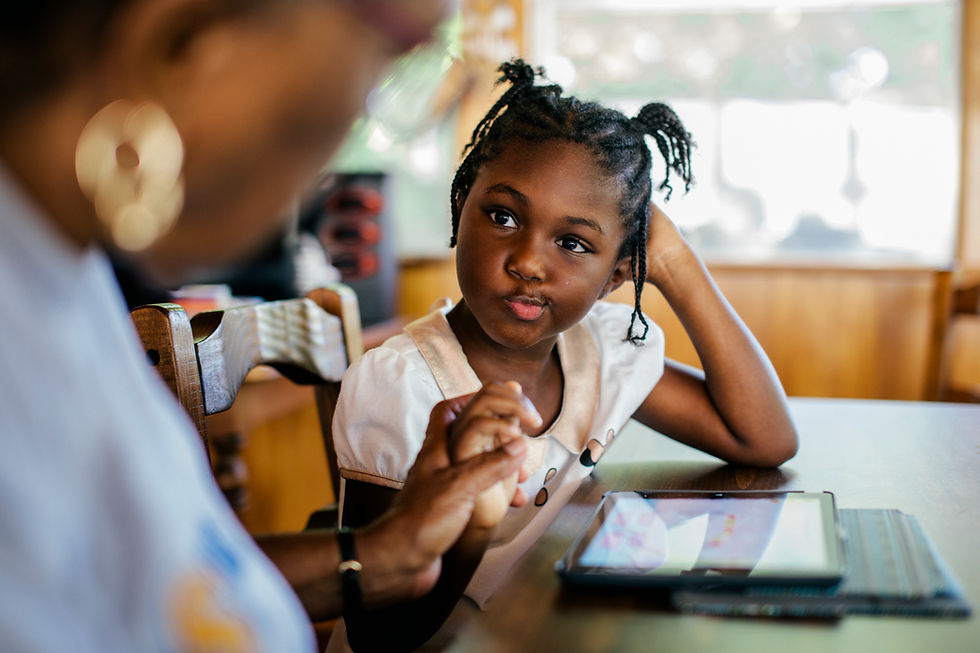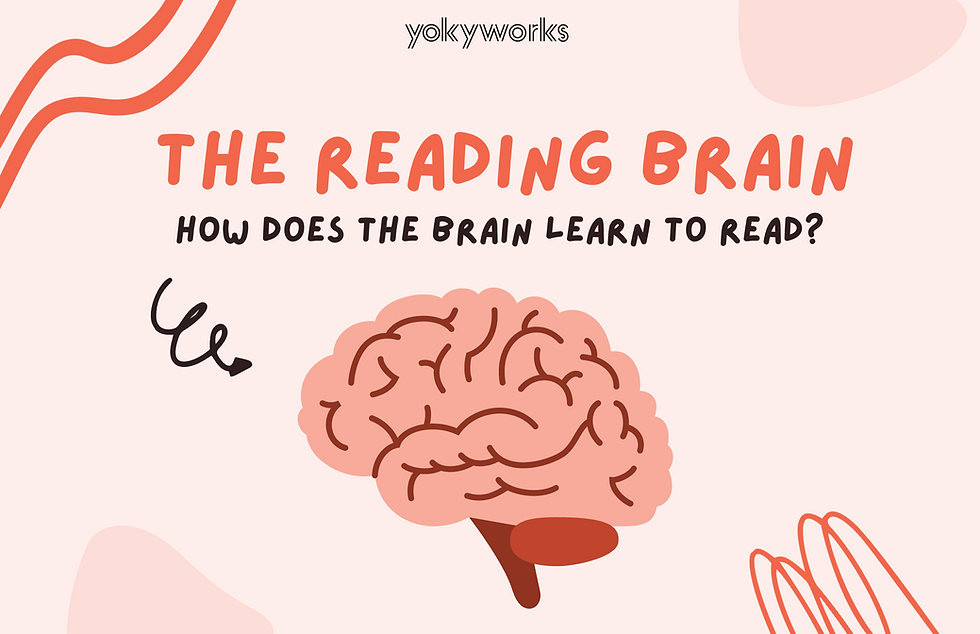Why Telling Children Stories About Their World is Crucial for Learning
- Sarah@YokyWorks
- Apr 29, 2021
- 3 min read

Did you know telling stories helps us teach children to read? According to story coach Lisa Cron, our children’s brains and our own are positively wired for story - humans “think in story because story provides a context for the facts so we can make sense of them.” As Cron puts it, we are the main characters in our own life stories and “we assess everything we encounter - whether physical, conceptual, or social - based on the effect it will have on us.” The best reading teachers tell stories to help their students feel comfortable and connected during their learning process, but parents can also use storytelling to support their children’s learning.
Telling stories to help children remember
Have you ever had the experience of telling a child a piece of important information that they promptly forget? When I was growing up, I could never remember my grandfather’s phone number. One day, my mother decided to turn the digits into a story and everything changed. That meaningless string of numbers, 481-9528, took shape as a dramatic tale of numerical cannibalism in which four “ate” one while nine, five and two “ate.” Twenty-five years later, I still remember my grandfather’s phone number! These strange, silly, and relatable stories can also help children remember as we teach them to read.
Tapping into your child’s unconscious brain
As behavioral scientist Dr. Jennifer Aaker points out, we are twenty two times more likely to remember something we learned in a story than something someone explained to us. One of the reasons storytelling works so well is that it taps into your child’s cognitive unconsciousness - the part of the brain that decides which pieces of information to pay attention to and which pieces to filter out. My mother’s story worked because it tapped into sensations and emotions - the act of eating and the fear of being eaten - that my cognitive unconscious already deemed important. As Cron discusses, this part of the brain "knows our story, inside and out" and acts as a powerful filter that "evolved with one goal: to keep us alive and breathing and our sense of self happily intact." Teaching your child new information with a story that fits their understanding of themselves can help prevent their cognitive unconscious from letting it go.
Teaching children to read with stories
While reading is not a natural process, stories can also help children create those neural connections necessary for interacting with text. In fact, for Jane Milan storytelling is a crucial part of teaching children to read and spell. She often tells a funny story about a pair of twins named Brian and Cody (kids just like her students) whose distinctive personalities help children understand why words like “happy” have two p’s instead of just one. Incorporating stories into children's literacy development helps seemingly boring spelling rules come to life. These stories give the cognitive unconscious something to hook into by relating spelling to the child's sense of themselves and what they value.
If your child struggles with memory, try telling them a story that fits with the way they see the world. I bet you’ll be surprised how much more they will learn and remember.
*YokyWorks is a Bookshop.org affiliate and will earn a small commission if you purchase books linked in this post through our affiliate site.




Comments